One of the hardest things can be putting this into practice- modeling it when stress levels are high, patience is waning, and everyone is a bit sleep deprived. Here are some strategies that we can put into practice to help self-regulate in order to co-regulate with our children.
We all know the buzz around mindfulness. Recognizing the feeling, naming it and letting it roll through you without reacting to it. When I get so frustrated with something my kids are doing or not doing and I feel that urge to react coming on, I try very hard to name the emotion to myself, recognize it and pause to sit with it. Just that pause reminds me that their behavior is communication. I can communicate back with my own frustration and fan the flame into a full blown blaze or I can attempt to co-regulate with them.
I know this is hard. Recently, Brené Brown spoke to this in her podcast, Unlocking Us.
Anxiety is contagious but so is calm.
This is co-regulation. We can provide that safe space with logical consequences to negative behavior while still staying calm, and self-regulating. This Covid-19 situation adds an extra spin to co-regulation because space away from our loved ones (partners included) is hard to come by. I can’t tell you how many times my 6 year old has responded to my “please take a deep breath” with, “you need to take a deep breath too Mommy.”
Yep. That’s right. We need to model how to self-regulate.
That modeling might look like taking space. Not walking away in the midst of a meltdown. But depending on the meltdown- If it’s a tantrum about not getting dessert because they ate none of their dinner taking space might look like naming the feeling- “you really want dessert. I do too. I love dessert. Screaming about it is not how to get dessert. I need to take a deep breath outside. Would you like to take a deep breath outside with me or wait for me to come back in to have a hug?” Sometimes flipping the mood with fresh air can work like a charm for both child and parent. When your toddler follows you outside screaming the gut reaction might be to feel frustrated with them. You couldn’t get your space. Modeling a deep breath and opening your arms in a hug will provide that co-regulation. And you just modeled to them that a way to self-regulate is to take some space away from the situation. This whole scenario can be revisited with them at bedtime during a calm, quiet moment and explain the limits.
From an OT perspective, we can co-regulate effectively when our sensory preferences and needs are being met. Again, during this Covid situation, our sensory needs like exercise, time with friends, a walk alone, and silence might feel like a thing of the past. This goes for our children too. They are accustomed to connecting with friends, playing sports, running on a big field at school. Structure the day to meet these sensory needs- grab some endorphins with physical activity, quiet time to have silence, talking to an adult friend or asking a parent of your child’s friend to send a video you can play when the time is right. The bottom line is that we cannot effectively self-regulate and co-regulate when our sensory needs are neglected.
Let’s get back to breathing for a second though.
The best way to get some sensory input and change our nervous system is by taking a deep breath. It slows our heart rate. Brings us out of the “basement” of our brain and into the front where we control our executive functions. We can effectively co-regulate and provide a safe space for our child to sit with their big feelings while we sit with theirs, as well as our own big feelings.
The great news about co-regulation if you feel like this has been harder than ever these days, there is always an opportunity to build this practice. Kids live in the present. We can take a cue from them and sit with the discomfort of heavy feelings then move through it and find calm.
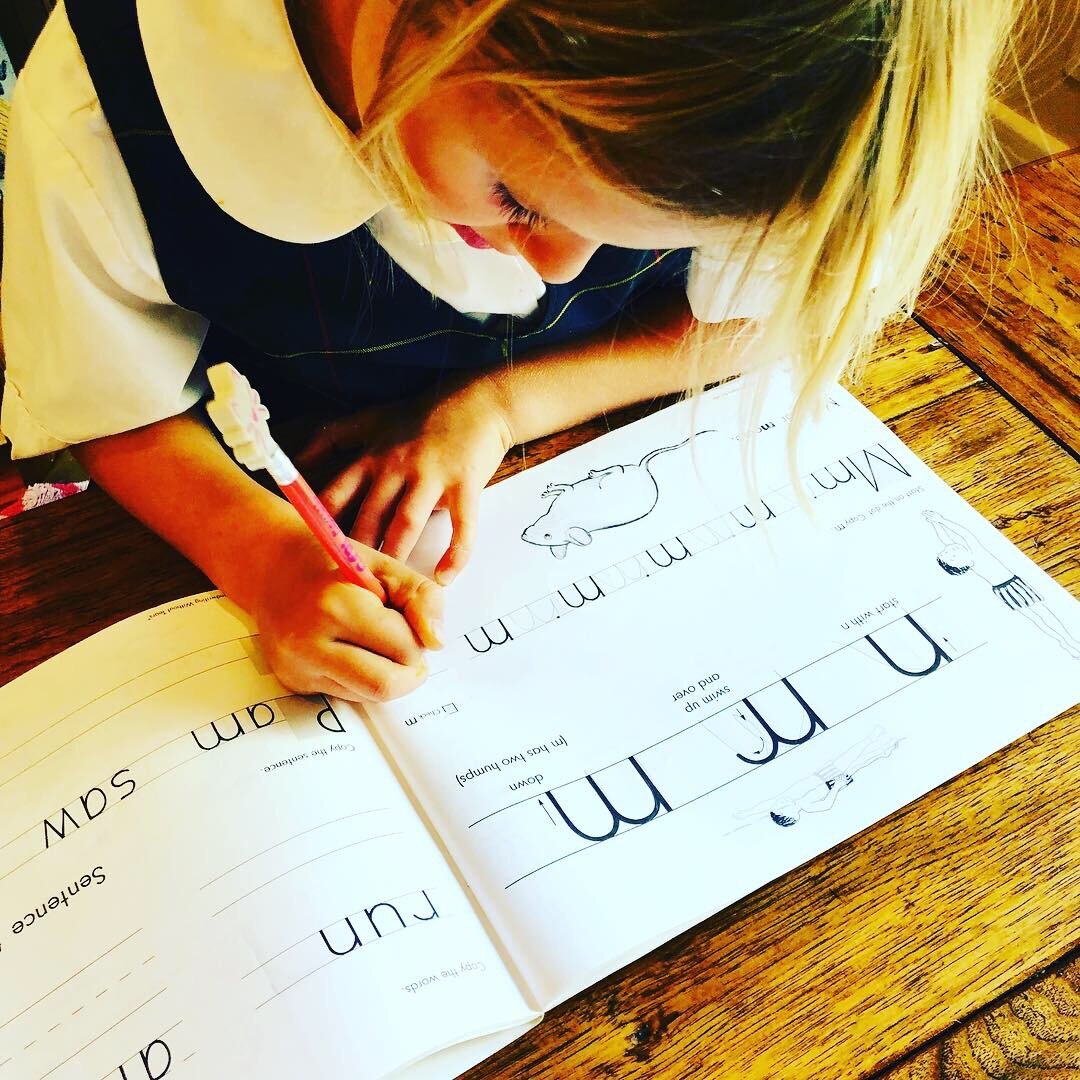















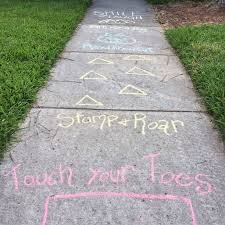






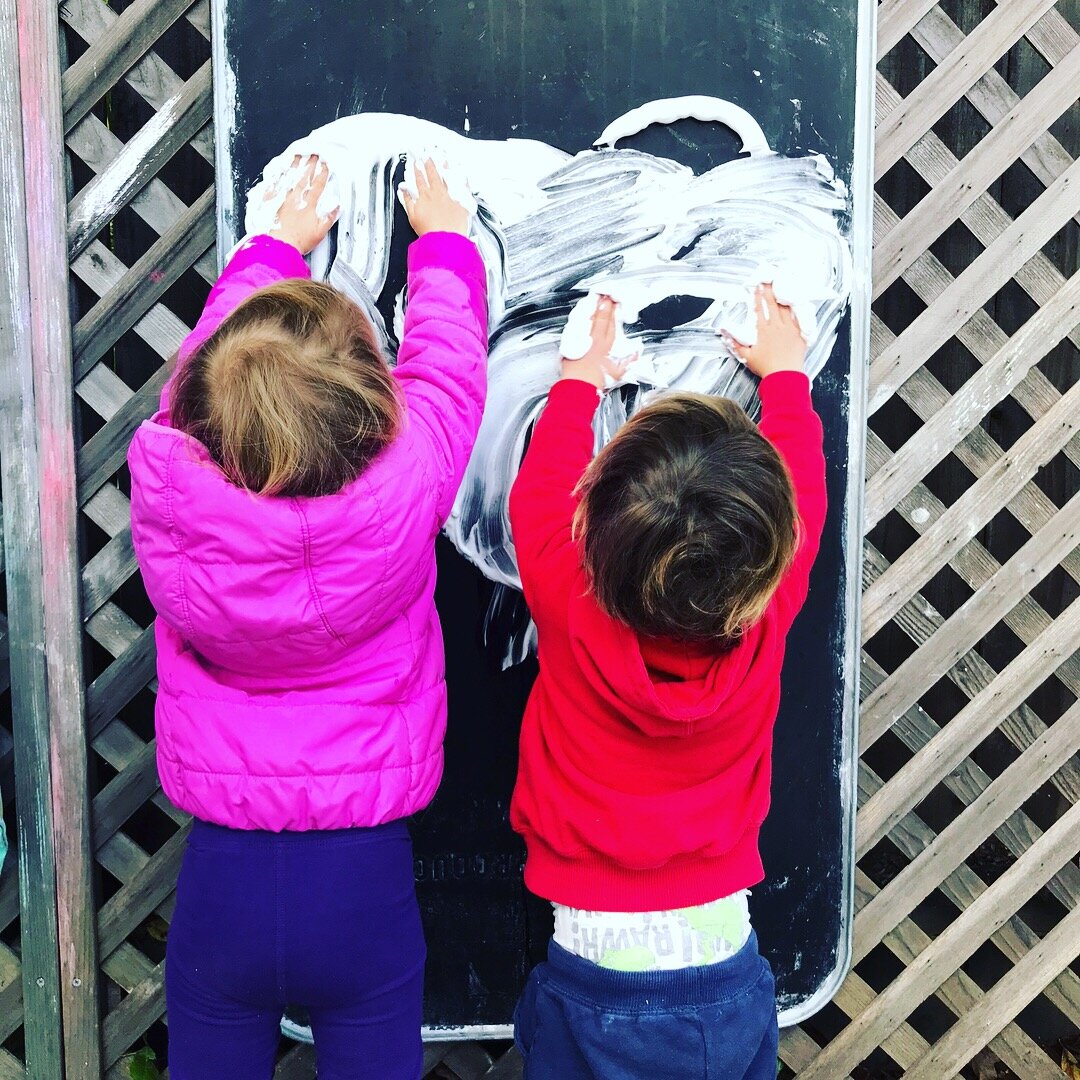




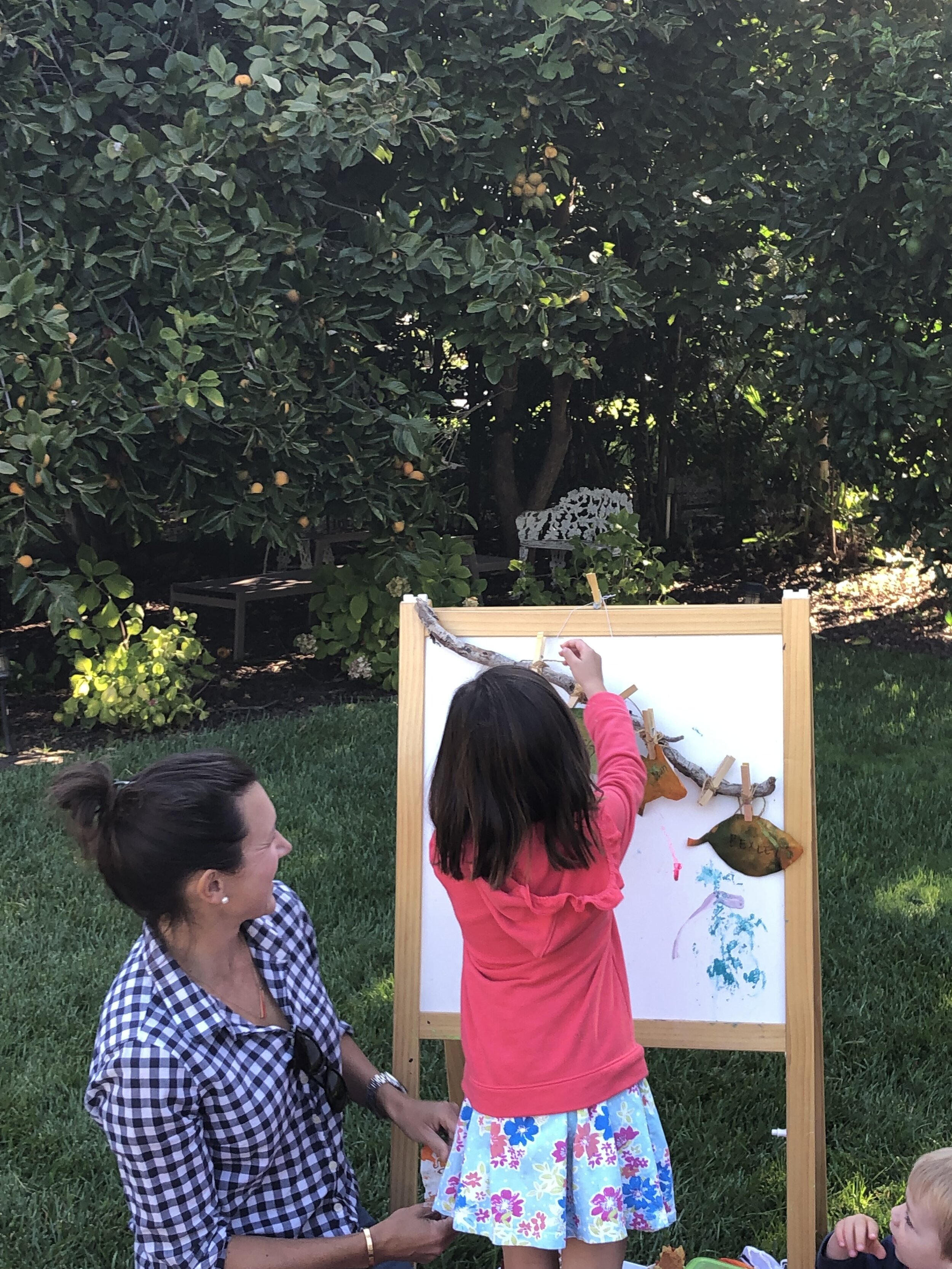
































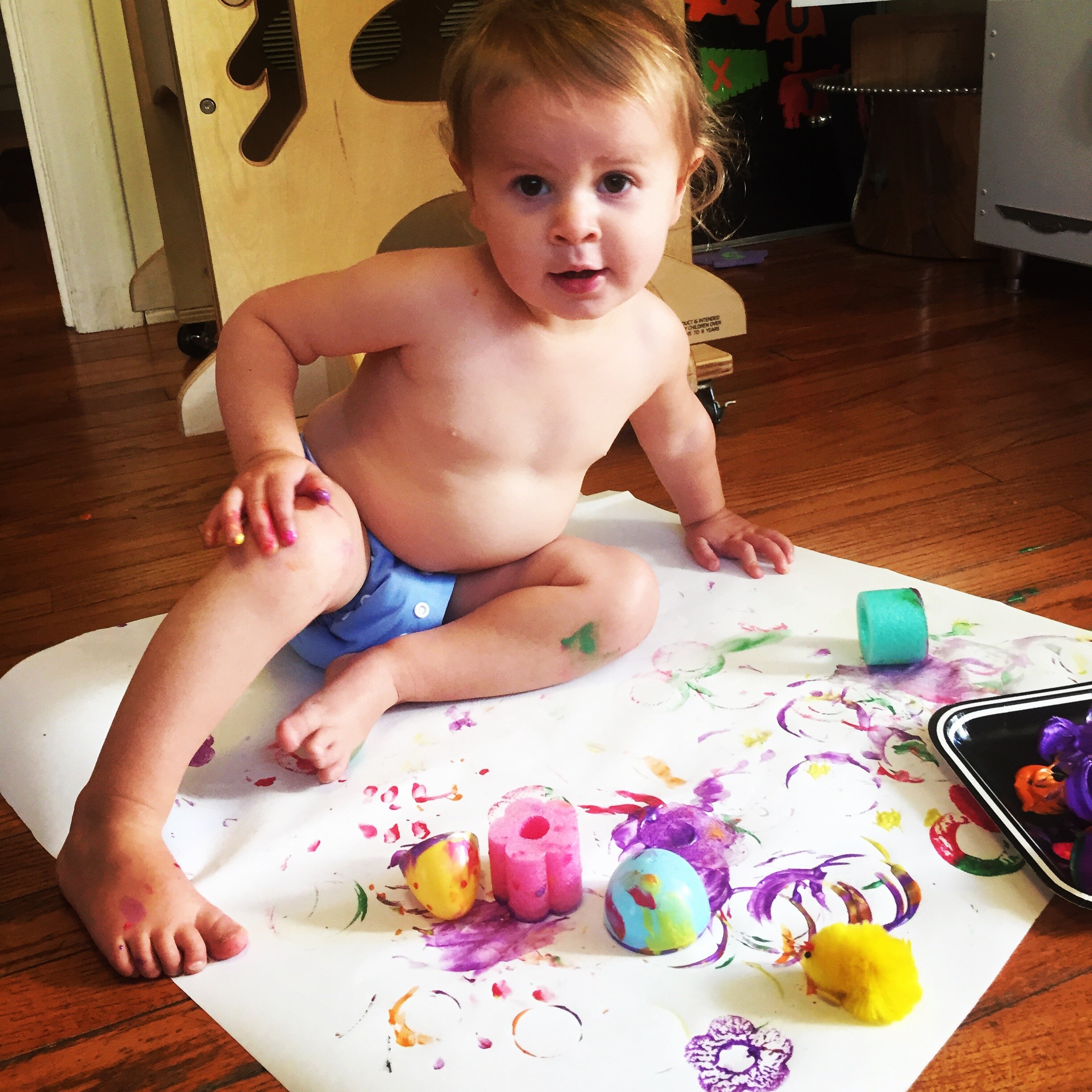






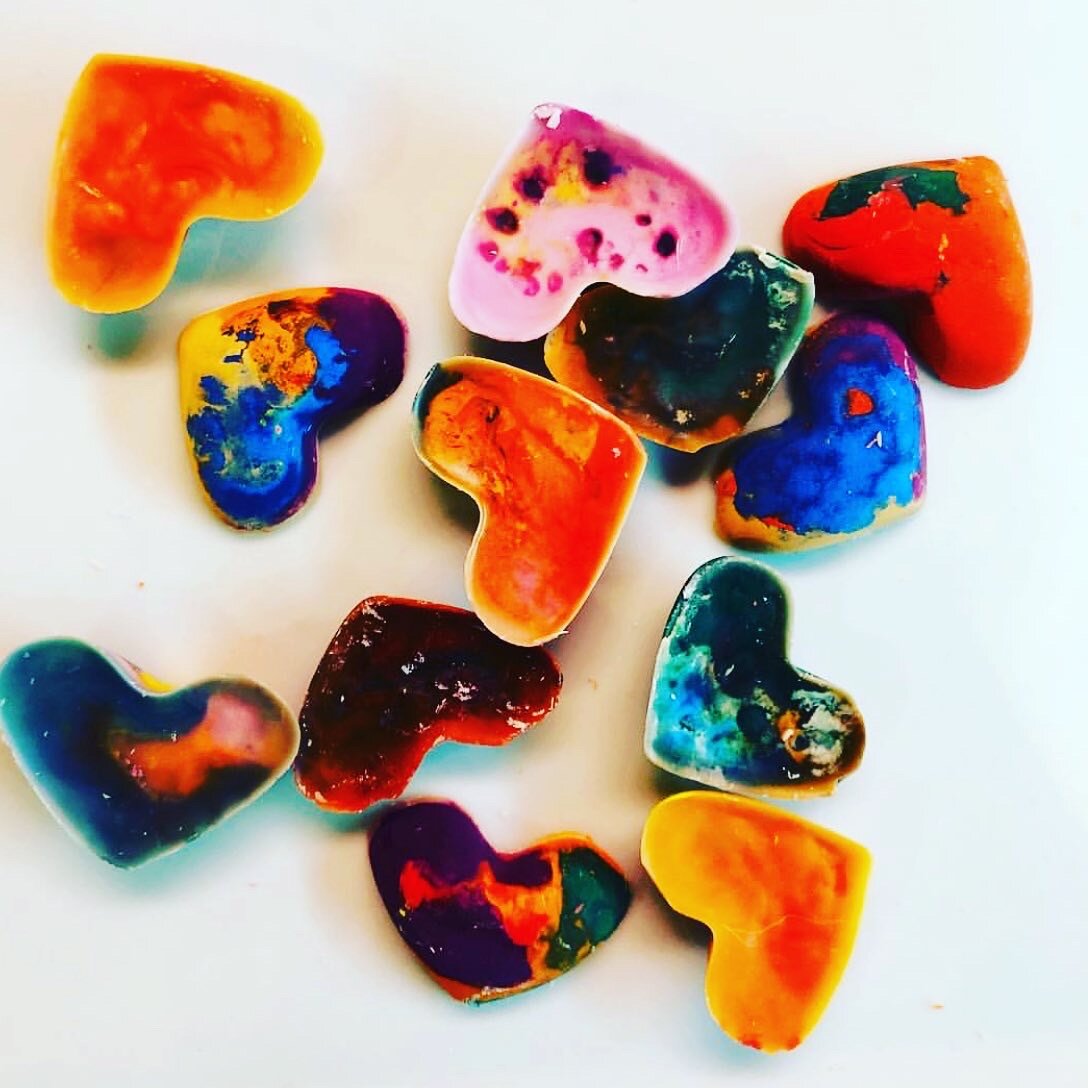










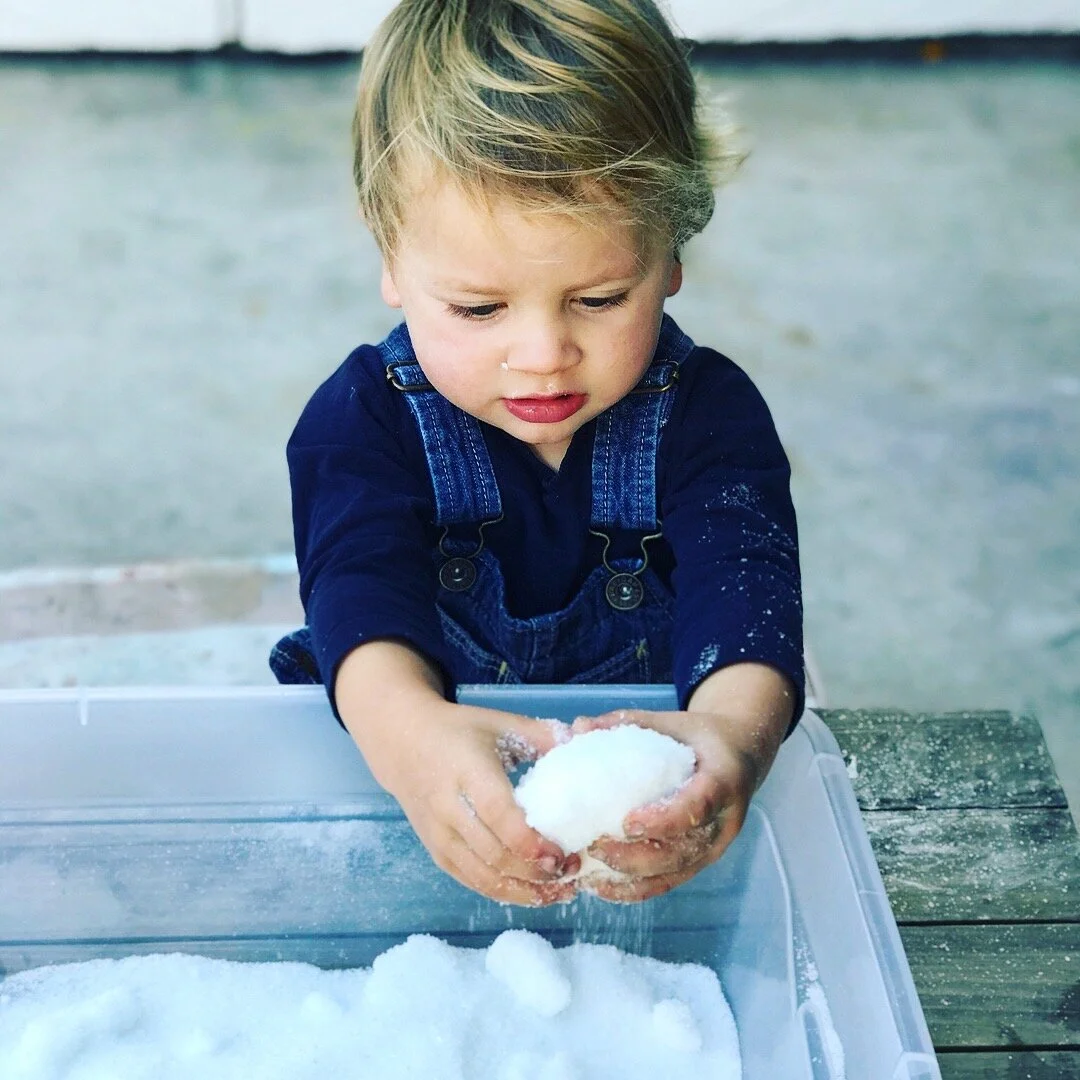


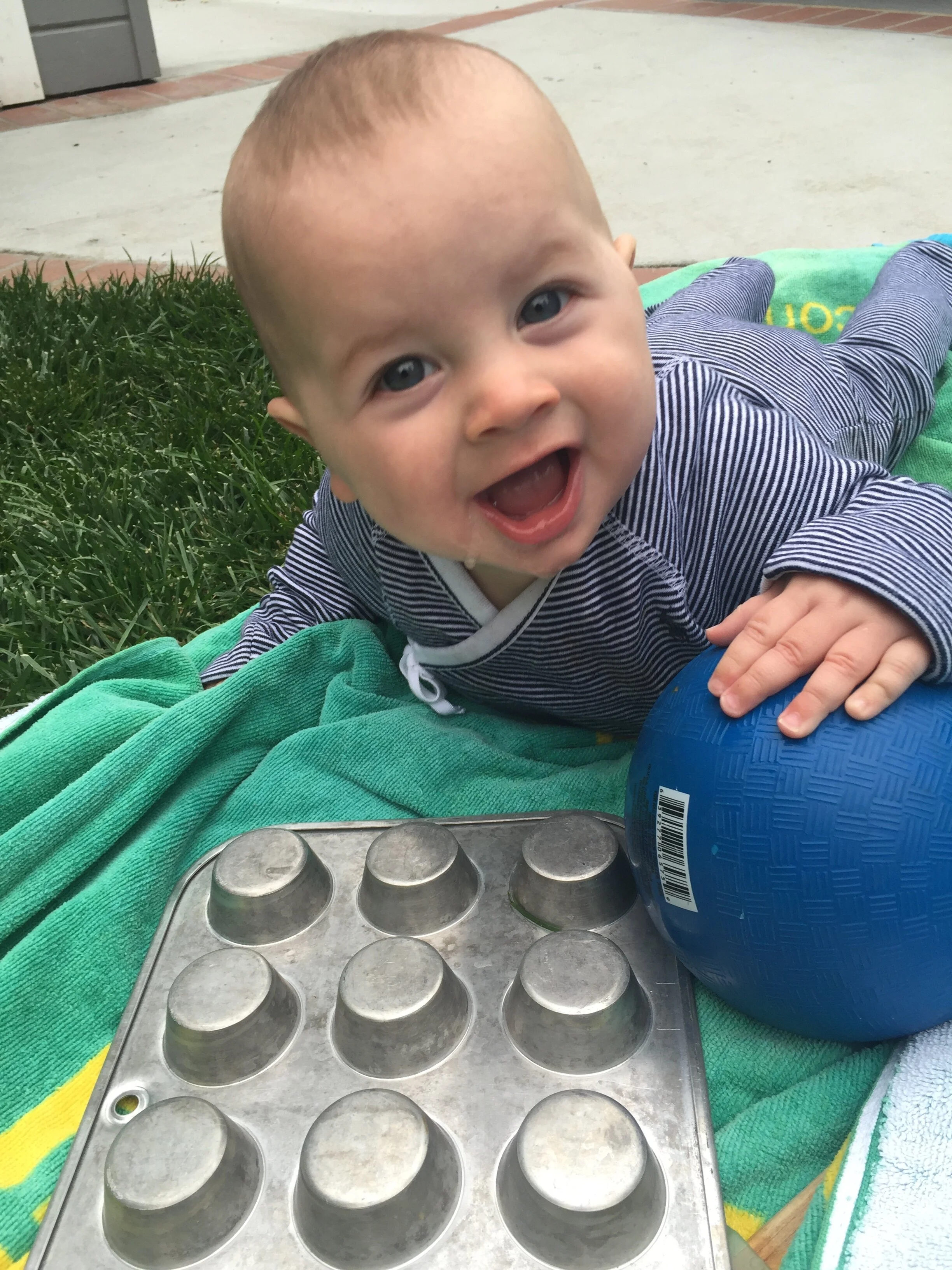
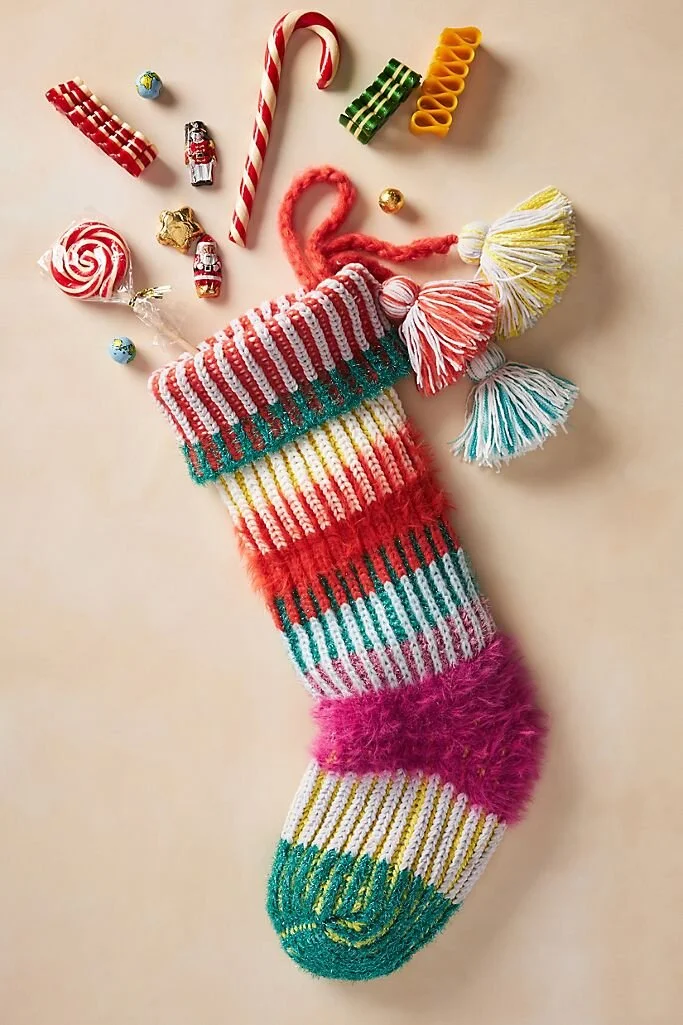

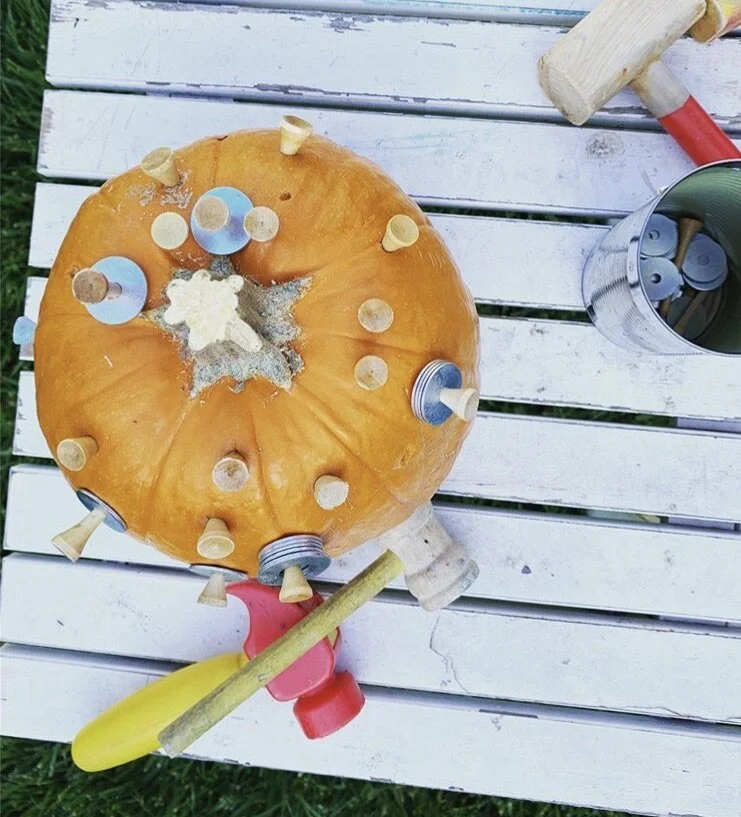










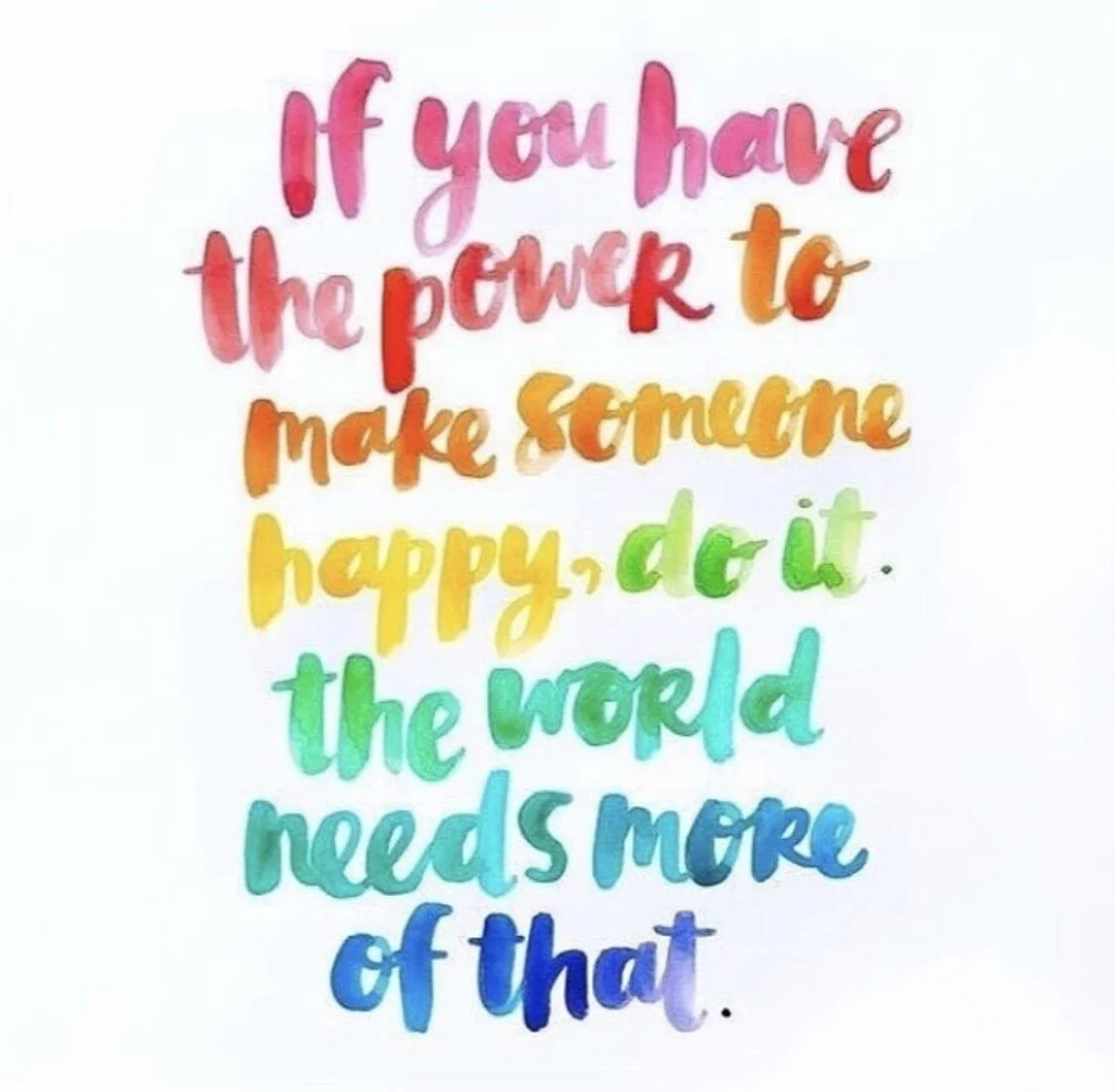
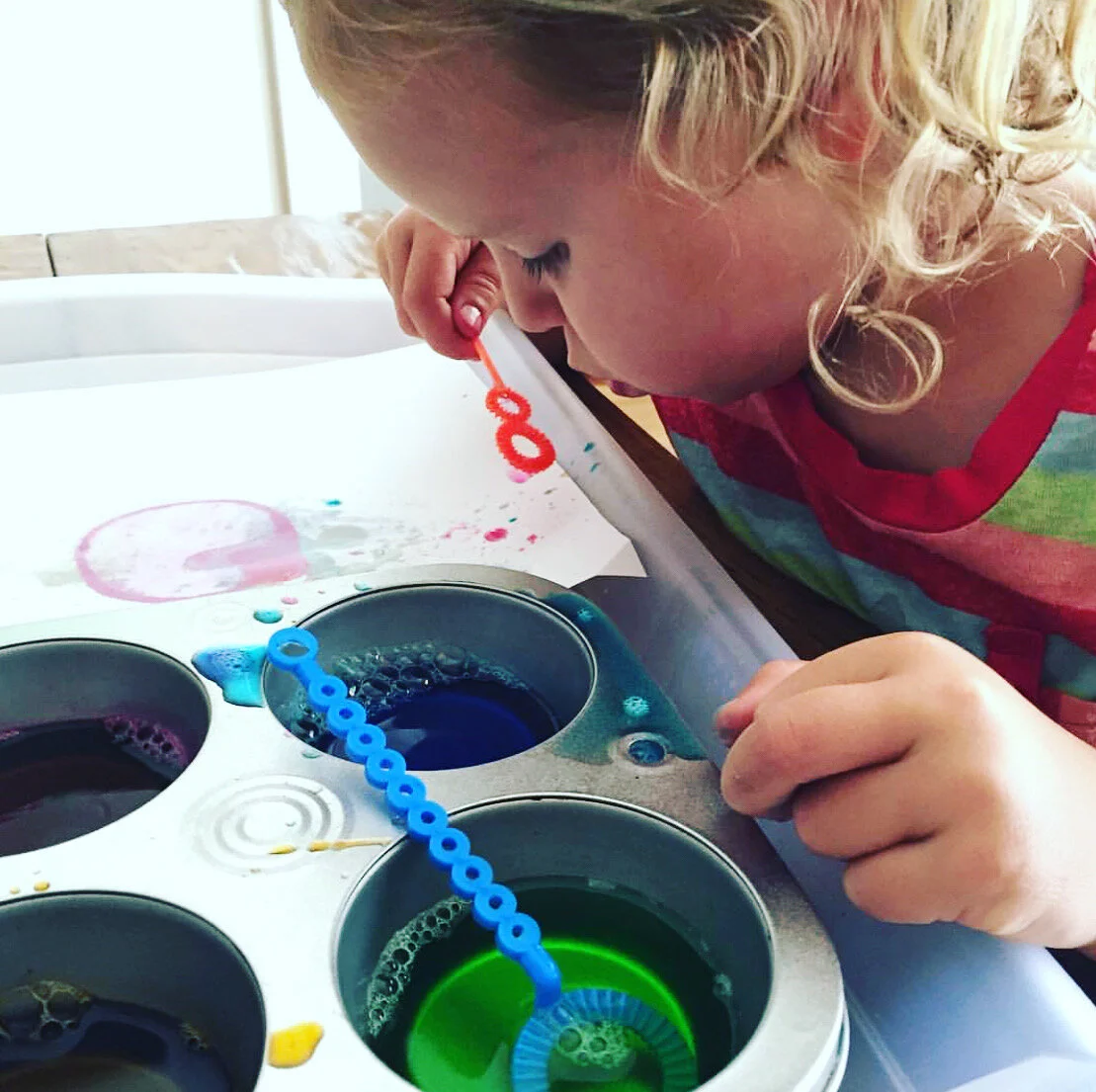



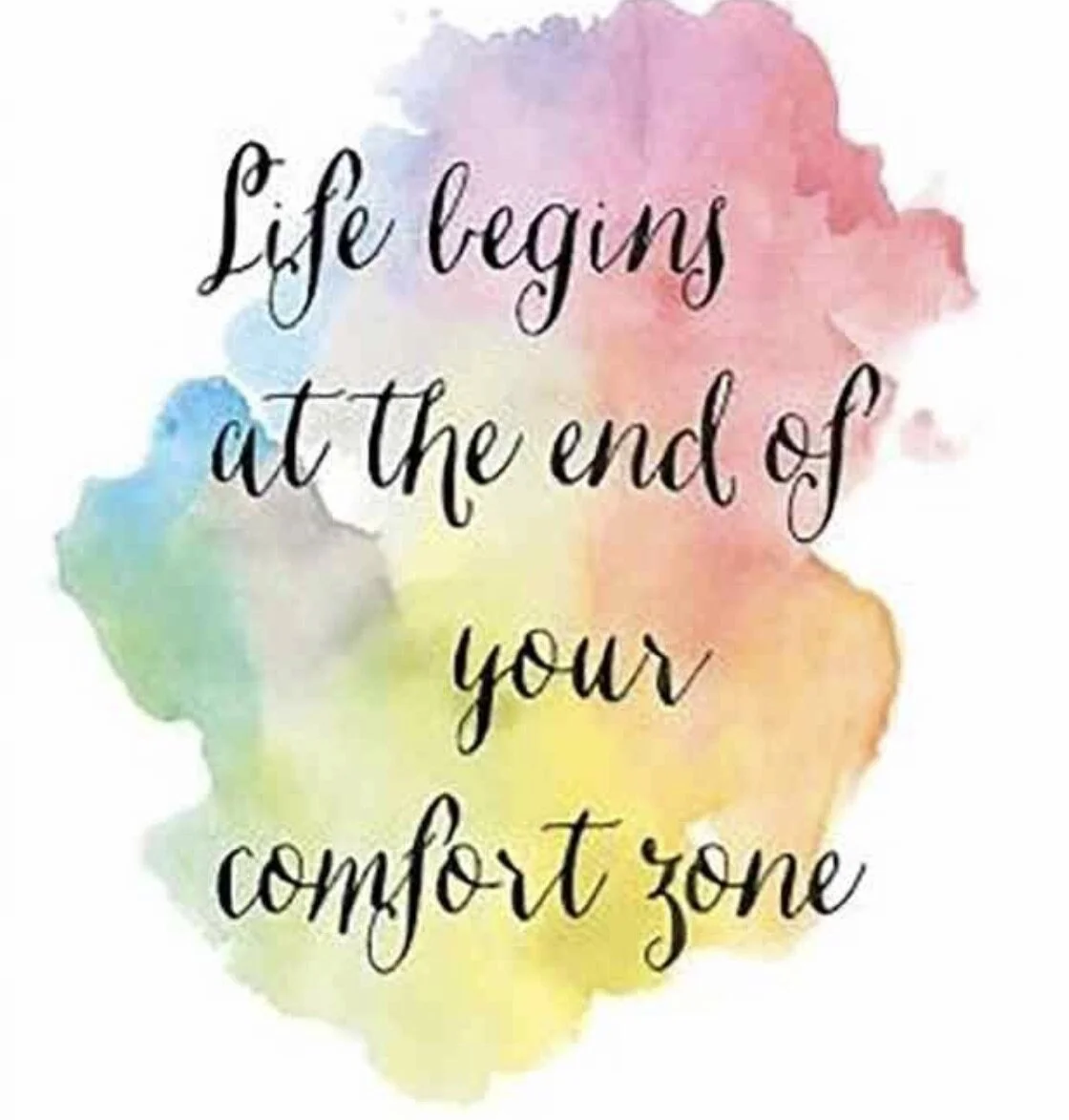
A look at some of the reasons why handwriting is important